Name for a group of raccoons – Delve into the captivating world of raccoons, where they gather in intriguing groups known by a variety of collective nouns. From the playful “band” to the enigmatic “gaze,” each term holds a unique story, reflecting the social dynamics and cultural significance of these masked bandits.
Unraveling the origins and usage of these collective nouns, we embark on a journey that explores the fascinating behavior and characteristics of raccoons within their groups. Discover the roles and responsibilities of individual members, the advantages and challenges of group living, and the impact of human activities on their social dynamics.
Collective Noun Options
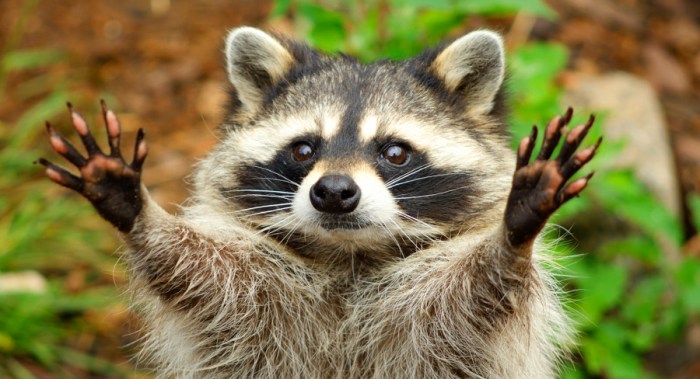
When referring to a group of raccoons, the most common collective noun used is a “gaze”. This term has been in use since the 16th century and is derived from the Middle English word “gase”, meaning “a group of animals”.
Other collective nouns for a group of raccoons include a “band”, “pack”, or “mob”. These terms are less commonly used but are still acceptable in certain contexts.
A group of raccoons is called a gaze, and these masked bandits are known for their intelligence and adaptability. In fact, the root word “ichthy” in translate the root ichthy o refers to fish, highlighting the importance of aquatic environments for some species in this diverse group.
Band
The term “band” is often used to refer to a group of raccoons that are traveling or foraging together. This term is particularly appropriate when the raccoons are moving in a cohesive unit.
Pack
The term “pack” is typically used to refer to a group of raccoons that are related to each other. This term is often used when the raccoons are living in a den or other communal space.
Mob
The term “mob” is typically used to refer to a large and unruly group of raccoons. This term is often used when the raccoons are causing damage or creating a nuisance.
Group Behavior and Characteristics
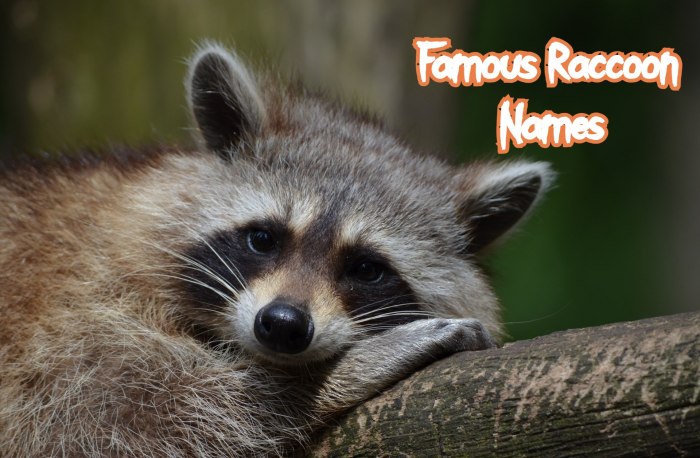
Raccoons are social animals that often live in groups called “families” or “gangs.” These groups typically consist of a dominant male, several females, and their young. The dominant male is responsible for defending the group’s territory and mating with the females.
The females are responsible for raising the young and providing food for the group.One of the advantages of living in a group is that it provides protection from predators. Raccoons are preyed upon by a variety of animals, including coyotes, wolves, and owls.
By living in a group, raccoons can increase their chances of survival by working together to defend themselves against predators.Another advantage of living in a group is that it allows raccoons to share resources. Raccoons are opportunistic feeders that eat a variety of foods, including fruits, vegetables, insects, and small animals.
By living in a group, raccoons can increase their access to food by sharing information about where food is located.However, there are also some disadvantages to living in a group. One disadvantage is that it can increase competition for resources.
When food is scarce, raccoons may have to compete with each other for food. This can lead to conflict and aggression within the group.Another disadvantage of living in a group is that it can increase the risk of disease. Raccoons can transmit diseases to each other through close contact.
This can lead to outbreaks of disease within the group, which can have a devastating impact on the population.Overall, the advantages of living in a group outweigh the disadvantages for raccoons. By living in a group, raccoons can increase their chances of survival, access to food, and protection from predators.
Roles and Responsibilities of Individual Raccoons in a Group
The dominant male is responsible for defending the group’s territory and mating with the females. He is typically the largest and strongest raccoon in the group. The dominant male will often mark his territory with urine or feces to deter other males from entering.The
females are responsible for raising the young and providing food for the group. They will often build nests in trees or other sheltered areas to protect their young from predators. The females will also forage for food and bring it back to the group to share.The
young raccoons are dependent on their mothers for food and protection. They will typically stay with their mothers for about a year before becoming independent.
Advantages and Disadvantages of Living in a Group for Raccoons
There are several advantages to living in a group for raccoons. First, it provides protection from predators. Raccoons are preyed upon by a variety of animals, including coyotes, wolves, and owls. By living in a group, raccoons can increase their chances of survival by working together to defend themselves against predators.Second,
living in a group allows raccoons to share resources. Raccoons are opportunistic feeders that eat a variety of foods, including fruits, vegetables, insects, and small animals. By living in a group, raccoons can increase their access to food by sharing information about where food is located.Third,
living in a group can help raccoons to raise their young. Raccoons are social animals and they often help each other to raise their young. This can help to ensure that the young raccoons have a better chance of survival.However,
there are also some disadvantages to living in a group for raccoons. First, it can increase competition for resources. When food is scarce, raccoons may have to compete with each other for food. This can lead to conflict and aggression within the group.Second,
living in a group can increase the risk of disease. Raccoons can transmit diseases to each other through close contact. This can lead to outbreaks of disease within the group, which can have a devastating impact on the population.Overall, the advantages of living in a group outweigh the disadvantages for raccoons.
By living in a group, raccoons can increase their chances of survival, access to food, and protection from predators.
Etymology and Cultural Significance: Name For A Group Of Raccoons
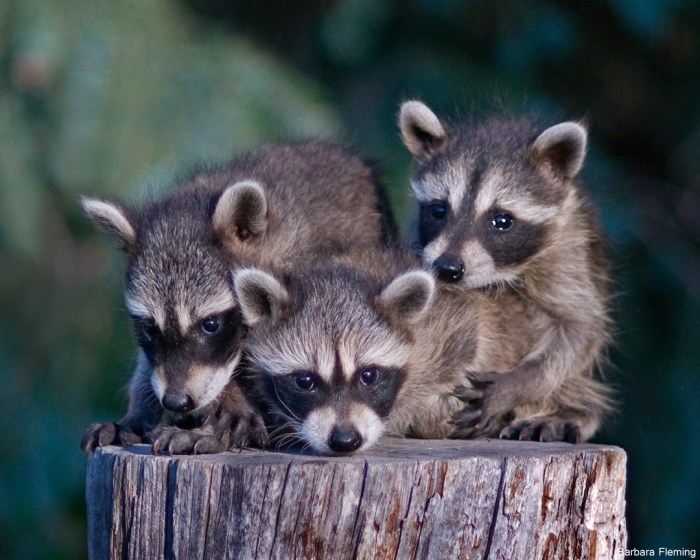
The collective noun for a group of raccoons, “gaze,” traces its etymological roots back to the Middle English term “gase,” meaning “company” or “group.” This term is believed to have originated from the Old Norse word “gǫs,” which referred to a flock of geese or other birds.
Culturally, raccoons have held significant symbolism in various societies. In Native American folklore, raccoons were often associated with trickery and cunning, as reflected in their mischievous nature. In some cultures, raccoons are seen as symbols of adaptability and resourcefulness, due to their ability to thrive in urban and rural environments.
Collective Noun and Perceived Characteristics
The collective noun “gaze” aptly captures the perceived characteristics of raccoons. The term implies a sense of community and togetherness, as raccoons are often observed living in groups called “families” or “gangs.” Additionally, the term reflects their playful and curious nature, as raccoons are known for their mischievous antics and their tendency to explore their surroundings.
Literary and Artistic Depictions
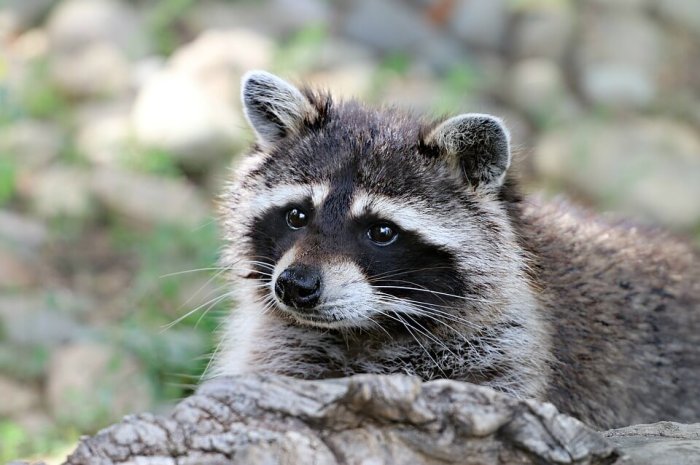
In the realm of literature and art, the collective noun for a group of raccoons has found its place, providing authors and artists with a potent tool to portray these fascinating creatures.
The use of the collective noun in literary works allows writers to evoke vivid imagery and convey nuanced themes. Raccoons, with their curious nature, playful antics, and sometimes mischievous behavior, lend themselves well to such collective depictions.
Examples in Literature
- In the children’s book “The Raccoons” by Lilian Moore, a group of raccoons is referred to as a “gang.”
- In Rudyard Kipling’s “The Jungle Book,” a group of raccoons is called a “scratch.”
- In the fantasy novel “The Priory of the Orange Tree” by Samantha Shannon, a group of raccoons is described as a “clan.”
These literary examples demonstrate the versatility of the collective noun in depicting raccoons as social creatures with distinct group dynamics and behaviors.
Group Size and Distribution
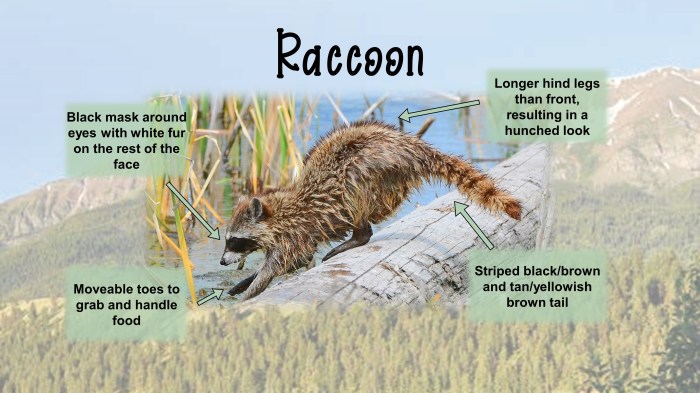
The size and composition of raccoon groups vary depending on several factors, including food availability, habitat quality, and social dynamics. Raccoons are typically solitary animals, but they may form loose associations with other raccoons, especially during the breeding season or when resources are scarce.
Geographic Distribution and Habitat Preferences
Raccoons are found throughout North America, from southern Canada to Panama. They prefer to live in wooded areas near water sources, such as rivers, streams, or lakes. Raccoons are also adaptable animals and can be found in a variety of habitats, including urban areas.
Impact of Human Activities, Name for a group of raccoons
Human activities can have a significant impact on raccoon group dynamics and distribution. Urbanization and habitat fragmentation can disrupt raccoon social structures and make it difficult for them to find food and shelter. In addition, hunting and trapping can reduce raccoon populations and alter their group dynamics.
FAQ Resource
What is the most common collective noun for a group of raccoons?
The most common collective noun for a group of raccoons is “gaze.”
Why are raccoons often referred to as a “gang”?
The term “gang” is sometimes used to describe a group of raccoons due to their mischievous and opportunistic behavior.
What factors influence the size and composition of a raccoon group?
Factors such as food availability, habitat quality, and human activity can influence the size and composition of a raccoon group.